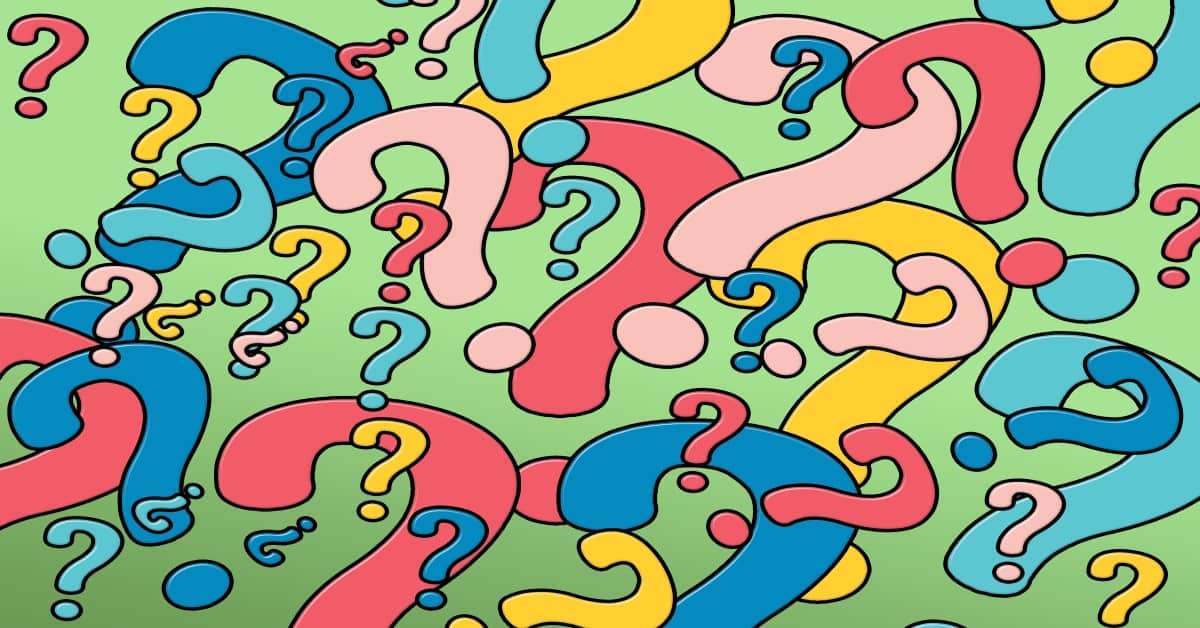Introduction:
Robots are one of the most important aspects of our life in recent times. This article mainly deals with the concept of image stitching and simultaneous localization and mapping aka SLAM.
In recent times, technology has advanced a lot. Lots of technological improvements had been done in the field of photography as well. Image stitching is one such advancement in this field that has proven to be very useful.
Mobile robots are technological advancements that had eased workload on mankind. They are able to accomplish various functions like managing a disaster and in diverse emergency and rescue procedures. Robots have also been used on various platforms for widespread searches and explorations, for instance, a system to form astronomical images or for searching patents as well as trademarks.
SLAM or Simultaneous localization and mapping is a problem in computation geometry that helps in updating maps for robot navigation. It was first researched upon in a detailed manner in the year 1986. This also keeps track of an agent at the same time.
Image stitching is a procedure by which multiple images are “stitched” together to produce the final image which has high resolution.
Purpose of image stitching and SLAM:
Image stitching helps in the proper positioning of vividly wide pictures. It can prevent any kind of distortion in the final image. Panoramic photographs usually use this concept. Such high-resolution images are used in various sectors like medical photography, satellite images, and certain artistic imaging. The concept of stitching image is pretty similar to how our brain functions while trying to integrate two molecular fields of vision (FOV) from each eye, to produce a final wide image It is said that “The brain’s natural stitching images enables humans’ enhanced stereoscopic, binocular vision, surrounded by a further 220 degrees of monocular peripheral vision.”
SLAM algorithms can be of multiple types. “Collaborative SLAM” helps in forming 3d images or imageries by assisting a combination of various images from multiple robots. Optical vision provided by ORB SLAM mono camera is also applied while viewing maps. This is also done by multiple computer algorithms. Hence, SLAM is an important feature because of the multiple advantages that it possesses. “Audio-visual SLAM” is also a well-known concept today. It was mainly introduced to let humans interact with robots more efficiently and properly.
Conclusion:
This article mainly deals with an informative description of image and Simultaneous localization and mapping and their importance in today’s lives. Image stitching is widely used in various sectors like medical and astronomical grounds. SLAM is also used for various purposes. Collaborative SLAM is based on the concept of image stitching where it helps to form 3d images by compounding images from more than one robot. These services are provided by many well-known companies as well. It can be concluded that both SLAM and image stitching are very popular concepts nowadays.
CoolArticleSpinner.com is a participant in the Amazon Services LLC Associates Program, an affiliate advertising program designed to provide a means for sites to earn advertising fees by advertising and linking to Amazon.com.








